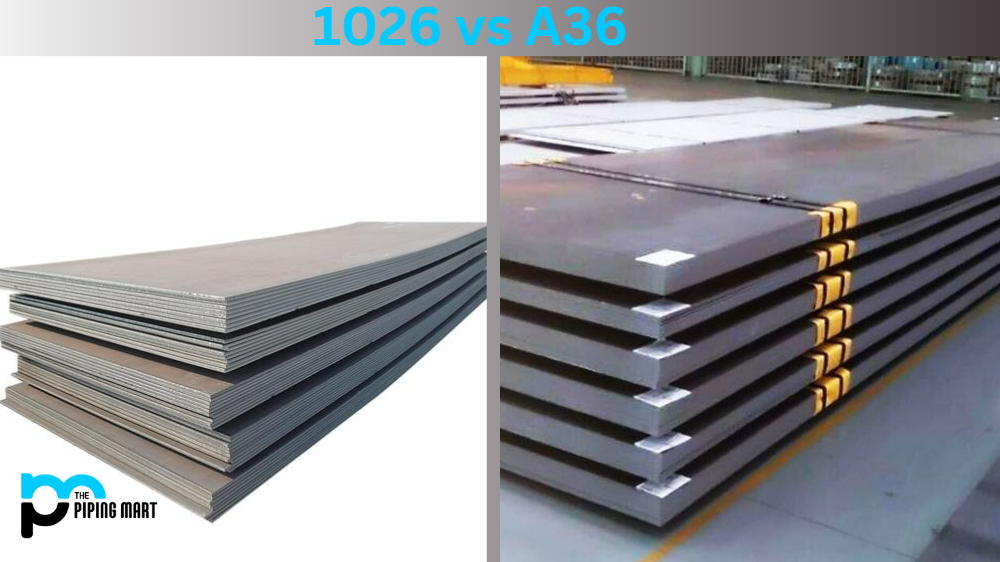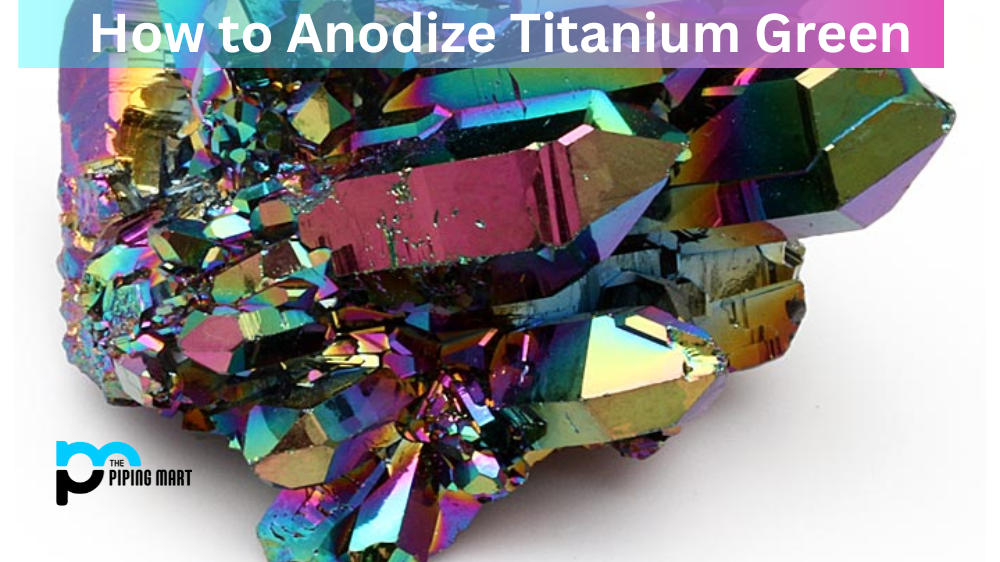Choosing the suitable material for your project is crucial to its success. There are many factors to consider, such as strength, durability, and cost. Two commonly used materials in construction are 1026 and A36. 1026 steel is a low-carbon, seamless tubing used in structural applications, while A36 steel is a carbon steel used in general-purpose structural applications. This blog post will compare 1026 vs A36 and help you determine which material best suits your project.
Difference Between 1026 and A36 Steel
Composition
1026 and A36 have different chemical compositions that affect their properties. 1026 contains less carbon and manganese than A36, making it more ductile and easier to manipulate during manufacturing. A36, on the other hand, has a higher carbon content that provides better hardness and strength than 1026. The alloying elements in A36 also provide better corrosion and heat resistance.
Yield Strength
Yield strength is one of the most important mechanical properties of steel. It indicates the maximum stress that a material can withstand before it begins to yield (deform). 1026 steel has a yield strength of 275 MPa, while A36 steel has a yield strength of 36,000 psi (250 MPa). This means 1026 steel will deform under load, but A36 steel will not.
Tensile Strength
Tensile strength is another important mechanical property of steel. It indicates the maximum stress that a material can withstand before it breaks. 1026 steel has a tensile strength of 414 MPa, while A36 steel has a tensile strength of 58,000-80,000 psi (400-550 MPa). This means 1026 steel is much weaker than A36 steel when under tension.
Ductility
Ductility is a measure of a material’s ability to deform without breaking. 1026 steel is much more ductile than A36 steel, with ductility of 30% vs 16%. This means that 1026 steel can be bent or formed into shapes without breaking, while A36 steel will die before it can be formed into specific shapes.
Impact Resistance
Impact resistance is the ability of a material to resist being deformed by an impact force. 1026 steel is less impact resistant than A36 steel, with an impact resistance of 20 J vs 35 J. This means A36 steel is more resistant to impact damage than 1026 steel.
Weldability
Weldability is the ability of a material to be welded without cracking or becoming brittle. 1026 steel is more weldable than A36 steel, with a weldability rating of 70% vs 60%. This means 1026 steel can be more easily welded than A36 steel without fear of cracking or becoming brittle.
Durability
Durability is another factor to consider when choosing between 1026 and A36. A36 has better durability than 1026 because of its resistance to wear and tear. It also has a better resistance against impact and compression, making it ideal for heavy machinery and equipment. While 1026 suits light applications, it can easily deform or break under heavy loads or impact.
Cost
Finally, you need to consider the cost of each material. 1026 is relatively cheaper compared to A36. It is more readily available and easier to manufacture, making it less expensive. A36, on the other hand, is a specialized alloy that requires more complex manufacturing processes, making it more expensive. However, the cost difference may be insignificant depending on your project’s scope and requirements.
Conclusion
In summary, both 1026 and A36 have their advantages and disadvantages. While 1026 is more ductile and cheaper, A36 is more robust and durable. Therefore, the choice ultimately depends on your project’s requirements and budget. If you need high strength and durability, A36 is the better option. However, 1026 may be a better choice if cost is a significant factor. Always consult a professional before making a material decision to ensure your project’s success.

A passionate metal industry expert and blogger. With over 5 years of experience in the field, Palak brings a wealth of knowledge and insight to her writing. Whether discussing the latest trends in the metal industry or sharing tips, she is dedicated to helping others succeed in the metal industry.




